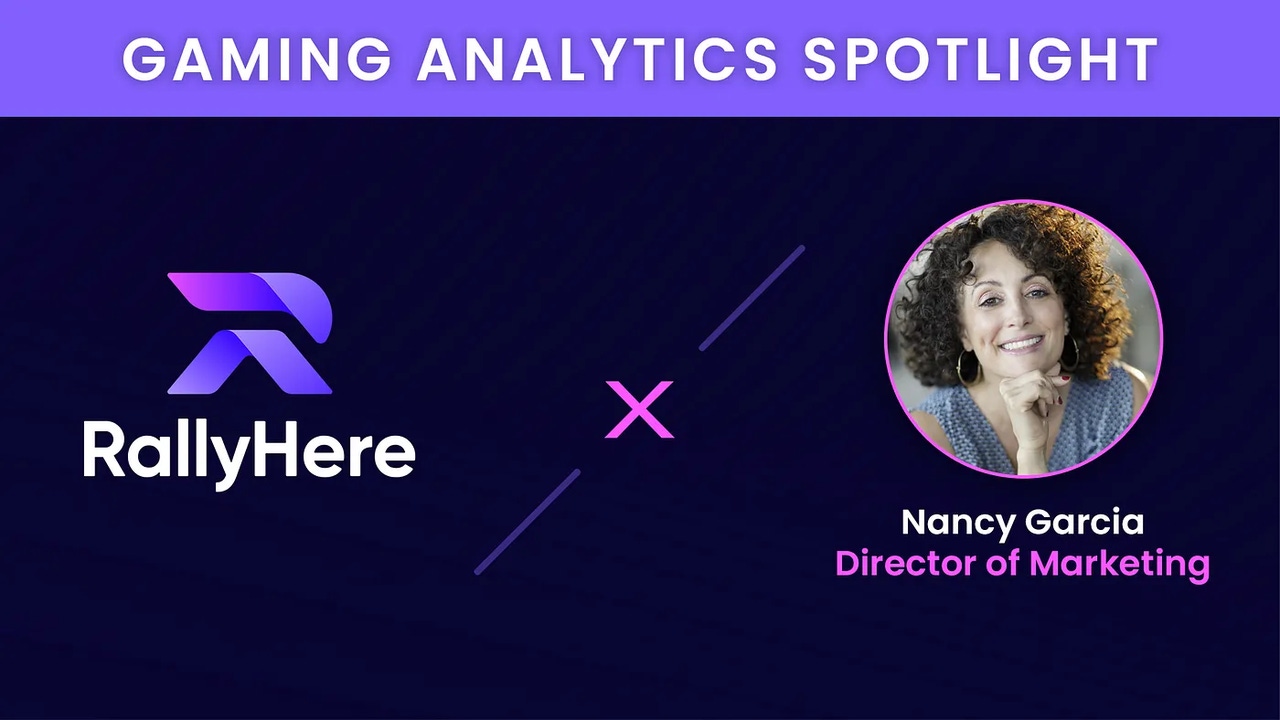Trending
Opinion: How will Project 2025 impact game developers?
The Heritage Foundation's manifesto for the possible next administration could do great harm to many, including large portions of the game development community.
In the dynamic landscape of the gaming industry, staying ahead of the competition requires more than just creating an exceptional game.

In the dynamic landscape of the gaming industry, staying ahead of the competition requires more than just creating an exceptional game. It demands a strategic focus on Live Operations (liveOps) — the ongoing management and optimization of games after their launch. Harnessing the power of data is essential for achieving success in liveOps. In this article, we will explore the relationships between several live gaming metrics, and their target ratios that can guide us towards building a scalable and thriving live game.
1. Daily Active Users (DAU) to Monthly Active Users (MAU) Ratio
The DAU to MAU ratio is a critical indicator of user engagement and retention. It measures the percentage of monthly users who engage with the game on a daily basis. A healthy ratio indicates strong player commitment and suggests that your game provides compelling experiences that encourage users to return regularly. While this ratio depends on where the game is in its lifecycle, based on our experience with SMITE, we recommend aiming for a target ratio of 30% or higher. Note that in the first few months of a free-to-play game, we see a large volume of new players, therefore this ratio may start off fairly lower and grow to meet the target ratio in time.
2. Average Revenue per Daily Active User (ARPDAU)
ARPDAU is a key monetization metric that gauges the effectiveness of your in-game monetization strategies. It measures the average revenue generated per user on a daily basis. By optimizing this metric, you can enhance your game’s revenue potential. Aim for a target ratio of $0.10 to $0.30 per DAU, depending on the game genre and monetization model. Higher ratios indicate strong player engagement and effective monetization tactics.
3. New Player Acquisition
This top-of-funnel metric is crucial for a game’s success. Some genres will find this easier than others, but may then see an inverse relationship with retention — easy to get players in, hard to keep them.
4. Short-term Retention: Day 1/3/7 Retention
Short-term retention metrics indicate how enjoyable the core game loop and the new player experience are. Strong short-term retention is NOT predictive of strong long-term retention. Note that the first day a player plays is day 0.
5. Long-term Retention: Day 30/90/360
Long-term retention metrics are crucial for a game’s longevity. If a live services game has poor metrics here it would need constant high levels of new player acquisition. To succeed on these metrics a game needs replayability, gameplay depth, and regular gameplay updates. In free-to-play games, most players do not pay any money for weeks or months, hence the importance of long-term retention on a game’s ability to become economically sustainable.
6. Customer Acquisition Cost (CAC) to Lifetime Value (LTV) Ratio
The CAC to LTV ratio helps evaluate the efficiency of your user acquisition and monetization efforts. It compares the cost of acquiring a new player to the potential revenue they can generate over their lifetime as a player. Aim for a target ratio of 1:3 or higher, indicating that your game’s monetization strategy is generating significant returns compared to the cost of acquiring new players. Continuous optimization of user acquisition channels and the game’s monetization mechanics can positively impact this ratio.
7. Target Play Session Length
The average session length measures the duration players spend engaged in your game during a single session. This metric reflects the depth of gameplay experiences and the ability of your game to captivate players. Aim for a target ratio of 45 to 90 minutes, depending on the game genre and platform. Longer session lengths indicate that your game provides immersive and compelling content, fostering increased player satisfaction and higher chances of monetization.
8. Winback
The ability to re-engage lapsed players can be crucial to a game’s long-term success. Winback usually requires a significant change of gameplay, impactful cross-media engagement, and/or relatable game character development. However, we also have to understand WHY a player left and what it would take for that player not only to come back, but to also be retained again.
Here are a few ways to winback lapsed players:
Marketing partnerships for new content launches on platforms like Xbox, Steam, PlayStation, and Epic. These would include IMs or other CRM tools to target people who have played the game in the past.
Social grafting of the player base to understand brand affinity to other products and IPs. Seek partnerships and build events or content aligning with these brand affinities to bring back those lost players. New maps and modes to play. Players leave when they get bored with the content. New ways to play a game or new maps can be strong drivers of winback.
Improving the social constructs within a game can also help. For example, decreasing toxicity or cheating can help players enjoy the experience more while systems like clans or LFT can help connect players. It is proven that players who party up together typically play longer sessions (engagement) and come back more often (retention).
In the world of live service games, data-driven decision-making is the cornerstone of success. Continuously monitoring and optimizing these metrics will enable you to create a successful live services game that resonates with your target audience, fosters player loyalty, and maximizes revenue potential.
Read more about:
BlogsYou May Also Like